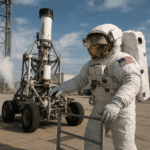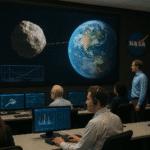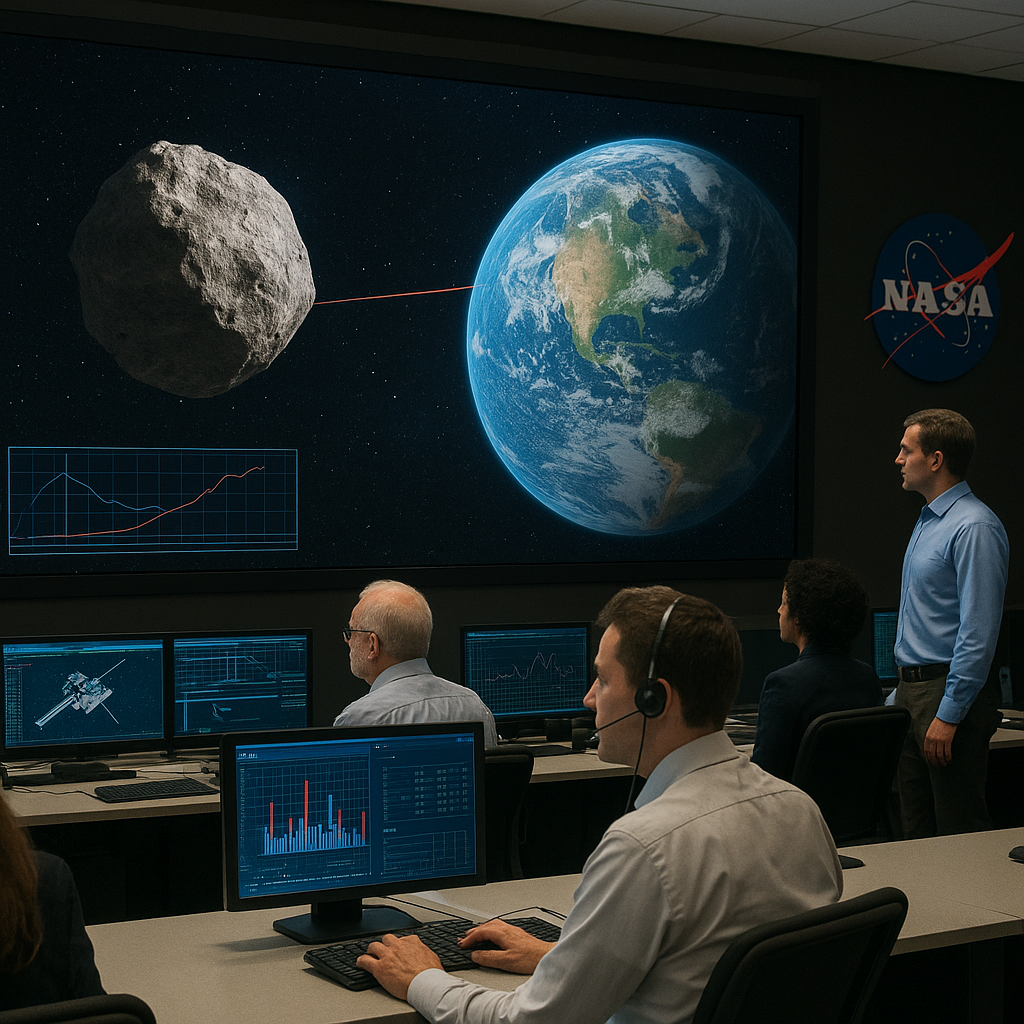Planetary defense is a critical field of research and engineering dedicated to protecting Earth from the potential hazard posed by small bodies in our Solar System. By combining advanced observations, sophisticated modeling, and ambitious space missions, space agencies like NASA aim to detect, characterize, and, if necessary, deflect threatening objects before they can cause significant damage. This article explores how NASA prepares for planetary defense through key areas of monitoring, mitigation strategies, and global cooperation.
Tracking Near-Earth Objects
Observatories and Surveys
One of the first steps in planetary defense is the early discovery of potentially hazardous near-Earth objects (NEOs), including asteroids and comets. NASA supports a network of ground-based and space-based observatories that continuously scan the sky:
- Pan-STARRS (Panoramic Survey Telescope and Rapid Response System): A set of wide-field optical telescopes in Hawaii capable of detecting faint moving sources.
- NEOWISE: A space telescope repurposed from the WISE infrared mission to find and characterize NEOs by detecting their heat signatures.
- Future missions such as the Vera C. Rubin Observatory: Promising unprecedented sensitivity for moving-object detection when it begins full operations.
These facilities gather precise astrometric measurements, enabling scientists to refine orbital parameters and anticipate close approaches years or decades in advance.
Data Analysis and Modeling
After detection, the collected observations feed into powerful software systems for orbit determination and impact probability calculation. Tools such as the Scalable NEO (Sentry) system run automated risk assessment for thousands of objects, computing potential impact dates, uncertainties, and virtual impactor scenarios. To achieve this, NASA employs:
- High-fidelity trajectory propagation codes that account for gravitational influences of planets, the Sun, and key perturbative forces like the Yarkovsky effect.
- Statistical Monte Carlo simulations to quantify uncertainty regions in space and time.
- Comparisons with historical close-approach data to refine dynamic models and improve prediction accuracy.
When an object’s computed impact probability exceeds predetermined thresholds, it is flagged for further observational campaigns or mission planning.
Impact Mitigation Strategies
Deflection Techniques
If a significant threat is identified, NASA evaluates various methods to alter an object’s trajectory. Among the most studied are:
- Gravity Tractor: A spacecraft maintains a slow tug on the NEO via mutual gravitational attraction, gradually shifting its orbit with minimal risk of fragmentation.
- Kinetic Impactor: A high-speed spacecraft collides with the target at relative velocities of several kilometers per second, transferring momentum to deflect it.
- Nuclear Explosive Device: While seen as a last-resort option, a subsurface explosion could vaporize part of the surface, generating a reaction force to change the NEO’s path.
- Alternative concepts like laser ablation or mass drivers are under study, focusing on continuous material ejection to generate thrust.
Each technique carries unique engineering challenges, such as precise navigation, autonomous targeting, and robust risk mitigation to avoid unintentional fragmentation of the NEO.
Testing in Space: The DART Mission
In 2022, NASA launched its first full-scale deflection experiment, DART (Double Asteroid Redirection Test). Targeting the binary asteroid system Didymos–Dimorphos, the spacecraft deliberately impacted the smaller moonlet to measure the change in orbital period around its primary body. Key achievements of DART include:
- Successful kinetic impact at about 6.6 km/s, altering the moonlet’s orbit by minutes.
- Deployment of the Italian Space Agency’s LICIACube, which captured images of ejecta plumes, enhancing our understanding of spectroscopy and ejecta dynamics.
- Validation of ground- and space-based telescopic observations for post-impact orbit change assessment.
The DART experiment provided the first empirical data on momentum transfer efficiency, paving the way for future deflection missions and refining numerical models of impact outcomes.
International Collaboration and Future Missions
Global Governance and Coordination
Planetary defense transcends national boundaries, requiring cooperation among space agencies, observatories, and research institutions. In 2013, the United Nations Office for Outer Space Affairs (UNOOSA) established the International Asteroid Warning Network (IAWN) and the Space Mission Planning Advisory Group (SMPAG). These bodies facilitate:
- Real-time data sharing of NEO discoveries, impact predictions, and observation campaigns.
- Joint mission development to maximize resource utilization and minimize duplication.
- Communication protocols to inform governments and the public about emerging threats and mitigation plans.
Under international collaboration, agencies coordinate on spacecraft design, launch windows, and best practices for planetary defense operations.
Upcoming Missions and Technological Advances
Building on DART’s success, NASA, ESA, and partner agencies plan a series of follow-up missions:
- ESA’s Hera spacecraft (launch planned in 2024): Will survey the DART impact site in detail, measuring crater size, mass, and composition to calibrate impact models.
- NASA’s future NEO Surveyor: A space-based infrared telescope dedicated to the systematic discovery of NEOs down to sizes of 140 meters or smaller.
- Advanced ground-based facilities integrating adaptive optics and machine learning to track smaller, faint objects in challenging observational geometries.
Researchers are also exploring on-orbit demonstration of laser ablation systems, autonomous navigation for proximity operations, and in-situ resource utilization concepts that could one day enable spacecraft to refuel at captured asteroids.
Planetary defense remains an evolving field at the intersection of astronomy, aerospace engineering, and international policy. NASA’s integrated approach—combining early detection, rigorous modeling, flight demonstrations, and global partnership—sets the foundation for a robust strategy to protect our planet from extraterrestrial hazards. Continuous advancements in technology and observation capabilities will further enhance Earth’s readiness for any future challenge posed by wandering small bodies.










